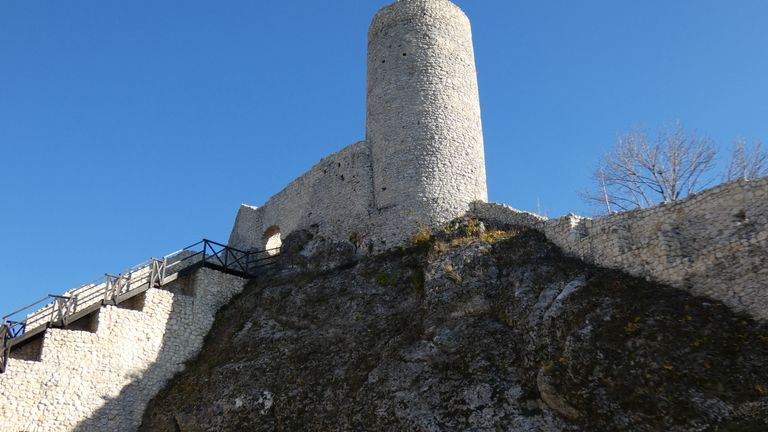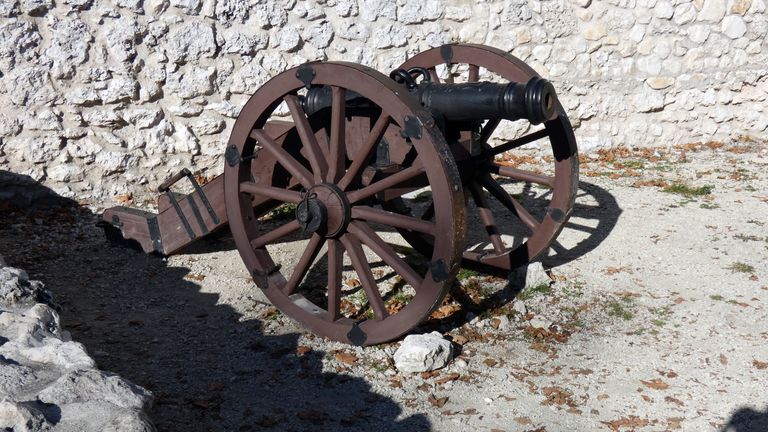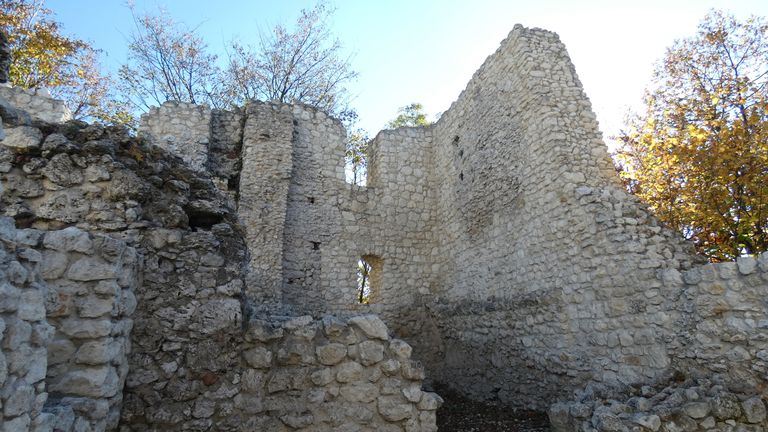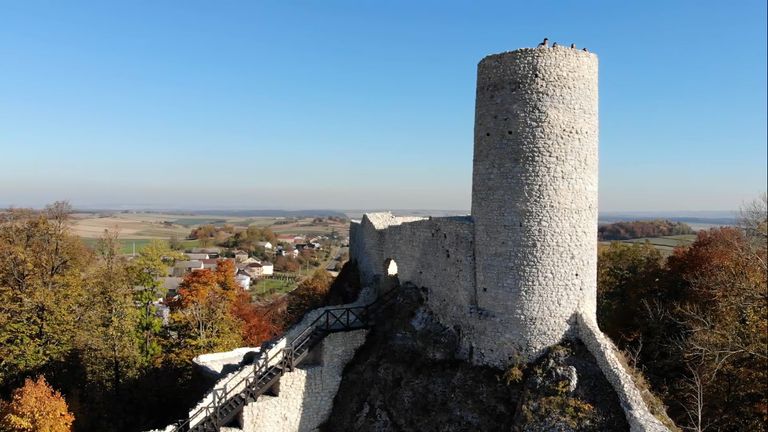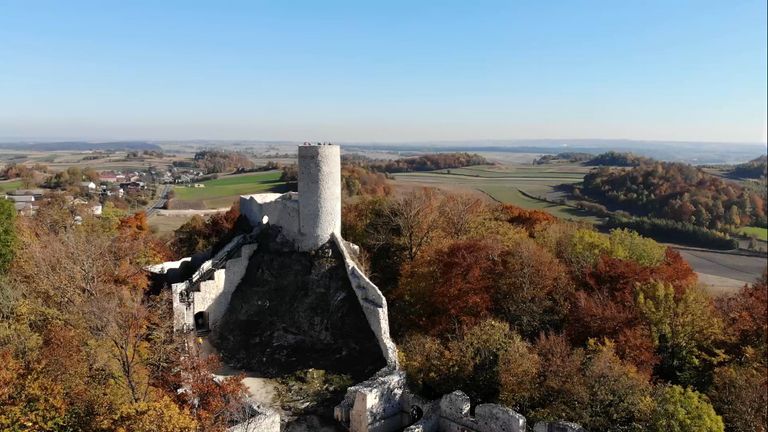
In the thirteenth century, in the place where the ruins of the castle now stand, there was a small wooden castle with a stone cylindrical tower above it. During the fights of Władysław Łokietek with Wenceslaus II of Bohemia for the Polish throne, the settlement was burnt down. Only the tower on top of the rock survived.
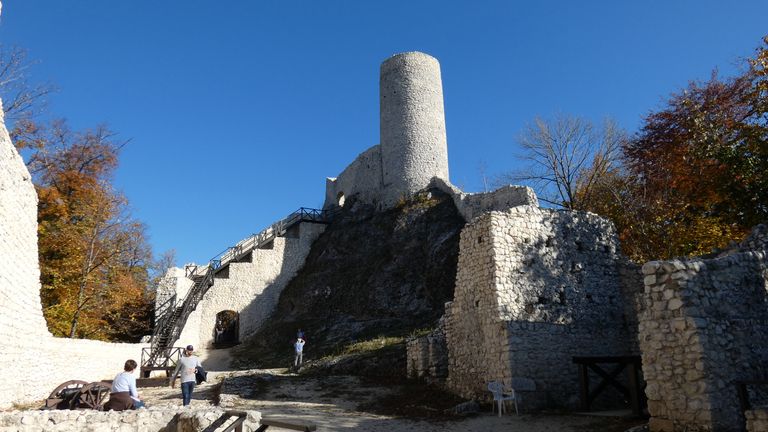
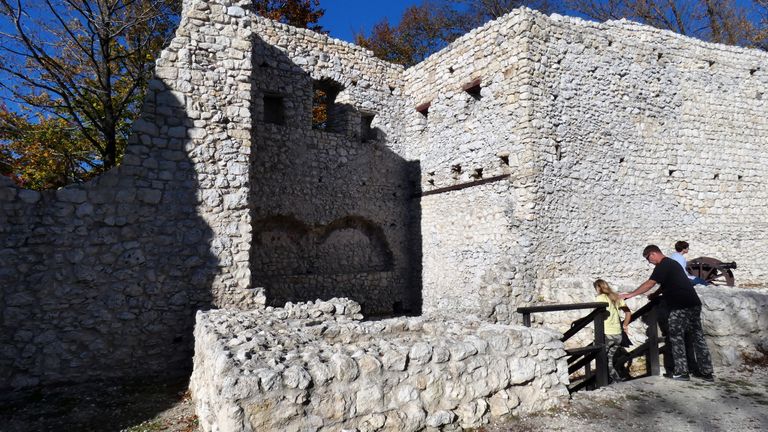
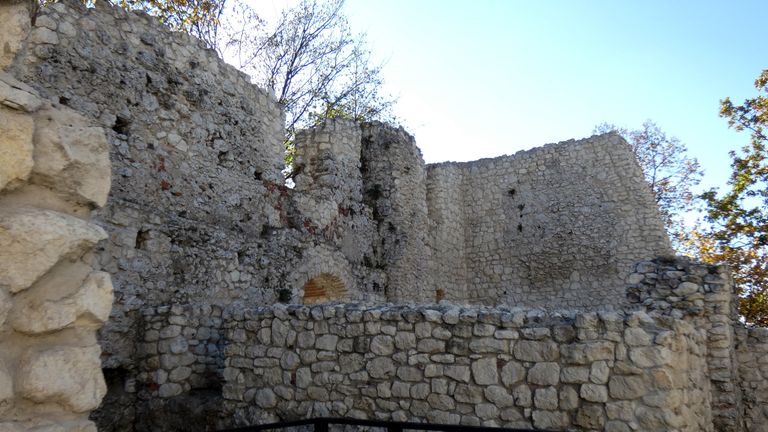
At the beginning of the 14th century, Otto of Pilcza of the Topór coat of arms added a residential and defensive building to the tower and surrounded the farm buildings below with a wall. It was then that a 200-meter well was built - partially preserved to this day - carved in the rocks by, as legend has it, Tatar prisoners.
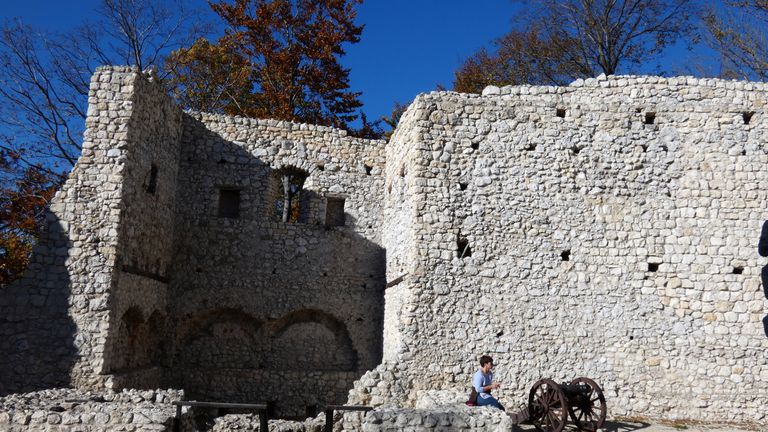
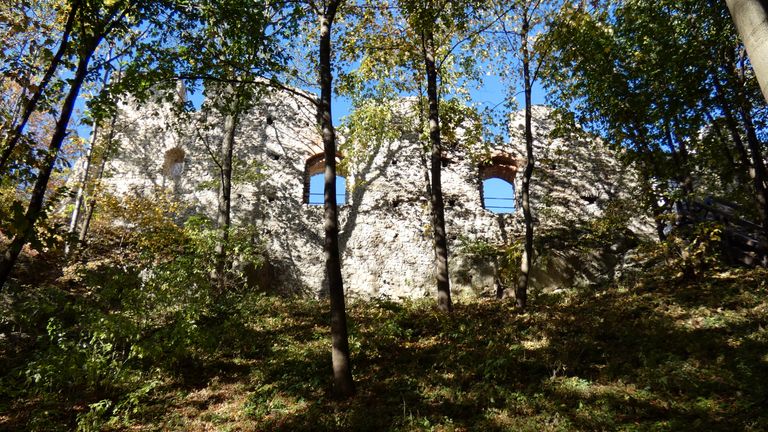
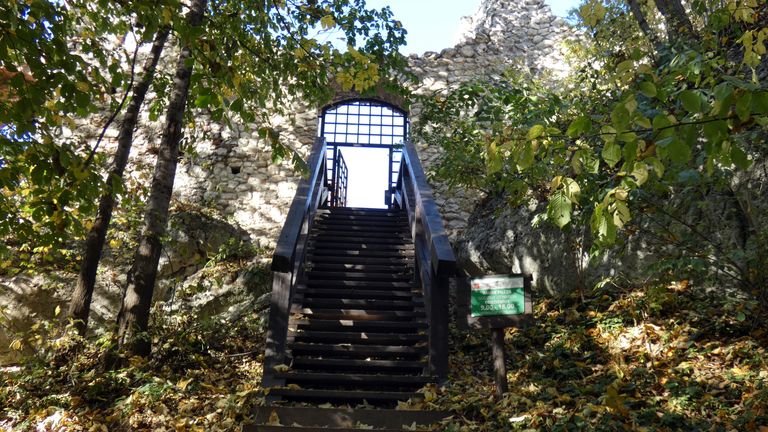
In the 16th century, the well-fortified knightly seat consisted of from the upper castle, lower castle and extensive outer bailey. However, the unfavorable location - away from trade routes - meant that after the death of the last of the Toporczyk family in 1564, the castle was abandoned.
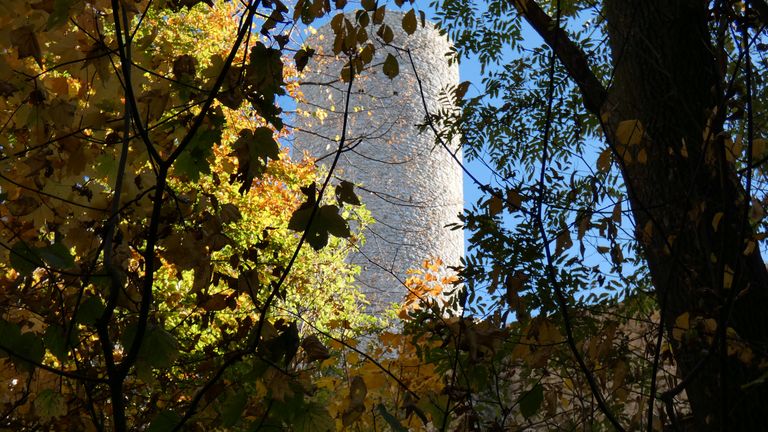
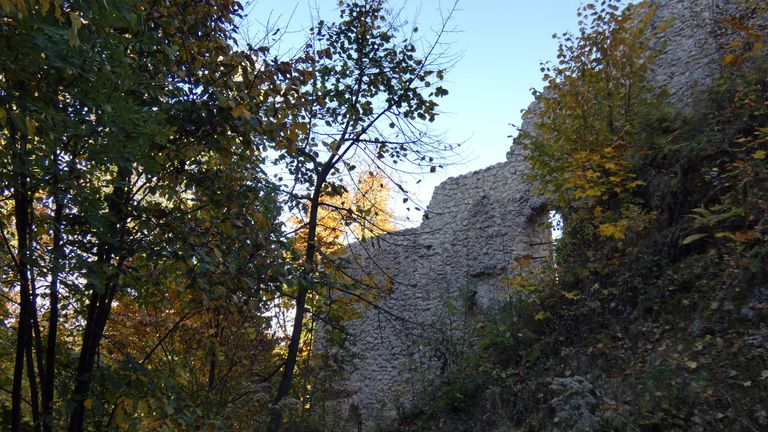
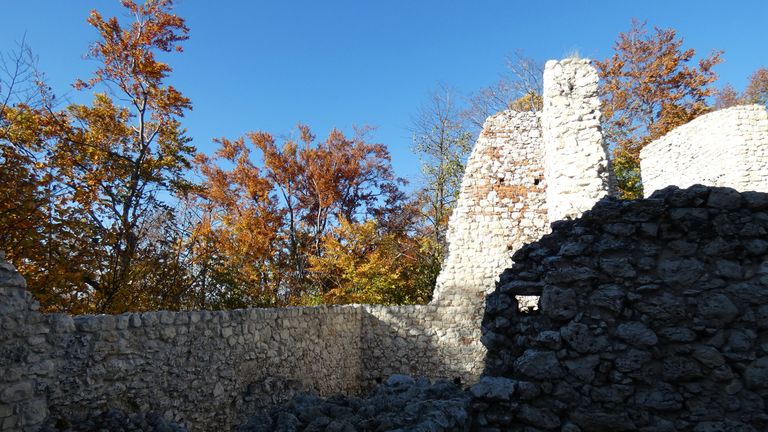
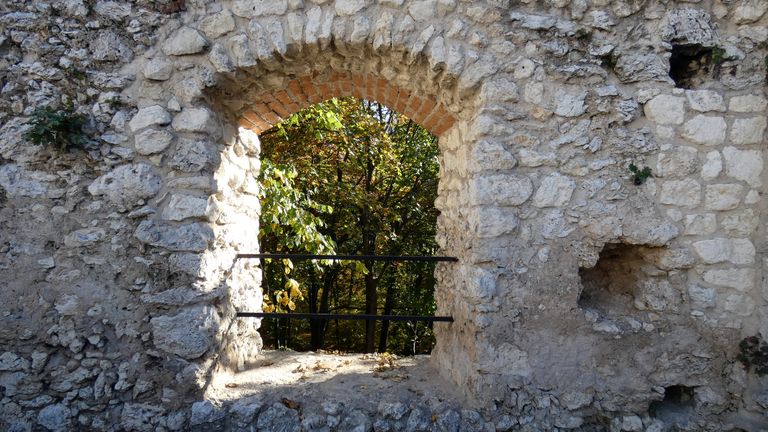
In addition to the 13th-century stone tower and large parts of the walls, the Gothic entrance gate to the lower castle has been preserved to this day in excellent condition. You can even see the remains of the drawbridge mechanisms. Currently, the castle is open to tourists.
